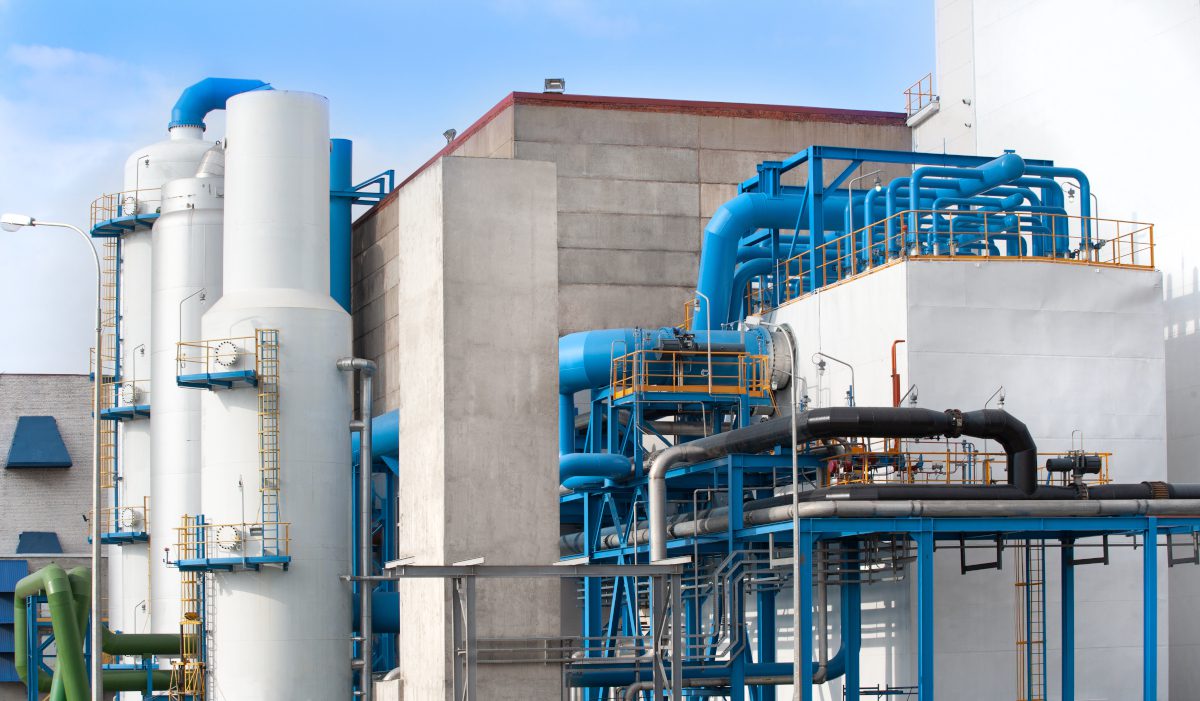
Liquid Air Energy Storage (LAES) uses electricity to cool air until it liquefies, so it can be stored until an opportune moment arrives when it can be brought back to a gaseous state and used for power generation. Katie Smith of law firm Reddie & Grose LLP examines where the approach fits into the energy storage landscape.
Last year construction started on a 250MWh liquid air energy storage system in Greater Manchester. Supported by a £10 million UK government grant, when completed it will be the largest liquid air energy storage system in the world. Liquid air energy storage could play an important role in supporting the UK’s transition away from using fossil fuels for electricity generation.
Energy storage
Renewable energy sources such as wind and solar power may provide a sustainable solution, but their output is intermittent and varies with environmental conditions leading to periods of oversupply and periods of undersupply. This presents a significant challenge when trying to balance the grid. If the UK is to move away from a baseload of electricity generated by reliable fossil fuels, the variable nature of renewable energy must be addressed. Energy storage is widely viewed as a potential solution.
Last year the European Patent Office and the International Energy Agency published a detailed report on innovation in batteries and electricity storage. Based on their analysis of patenting activity, the report suggests that battery storage is the main area of innovation, and in particular lithium-ion batteries [1]. Lithium-ion batteries are very useful for portable storage applications such as in electric vehicles, however, they can be difficult and costly to scale up – but perhaps not impossible, as shown by Tesla’s Hornsdale Power Reserve [2]. Another energy storage option is pumped storage hydropower, which in 2019 accounted for 90% of the world’s energy storage for stationary applications [1]. Pumped storage offers a large-scale energy storage solution, but it is geographically constrained, capital intensive and impactful on the environment and therefore does not provide an ideal solution. As we continue transitioning to renewable energy sources, it is likely we will need a range of storage solutions to meet our energy demands.

Liquid air energy storage
The main benefit of liquid air energy storage is that it can provide medium to long duration energy storage, believed by some to be crucial in complementing the short duration storage provided by batteries. Like other energy storage solutions, the idea of liquid air energy storage is to balance out electricity supply and demand. During periods of high electricity production, for example, when there is a lot of wind, rather than curtailing production, the excess energy can be stored to be used later during periods of high demand.
Three stages of liquid air energy storage
Liquid air energy storage systems require three main stages. The first stage is charging the system. When excess energy is produced during periods of high production or low demand, the energy is used to form liquid air. This is achieved by compressing the air to form a high-pressure gas, the air is then cooled by heat exchange with a cold fluid. The cold compressed air is then expanded. This expansion further decreases the temperature of the air, condensing it to liquid form at around –196°C.
The second stage is storage. Around 700L of gaseous air can be stored as 1L of liquid air in insulated tanks at near ambient pressures. Storage of the liquid air does not require any specific geographies, such as those needed for pumped storage hydropower, and the storage tanks required are already widely used for bulk storage of liquid nitrogen, oxygen and other liquefied gases.
Finally, the third stage is discharging. When the demand for electricity increases, the energy is discharged. The liquid air is pumped to a high pressure and then heated, to produce a high pressure gas. The gas is then expanded across a turbine, driving the turbine to generate electricity.
Unfortunately, simply running the three-step process would be too inefficient to be economically viable. In order to be commercially feasible liquid air energy storage needs to have efficiencies to rival battery storage. To achieve this, liquid air energy storage plants recycle the waste cold that results from the discharge stage, to help cool incoming air when charging. This reduces the amount of power used for cooling and increases the overall efficiency of the system.
The heat produced by the initial compression of the gas during the charging stage can also be recycled and used for expansion of the air during the discharge stage. The key to the efficiency of liquid air energy storage is heat integration of the entire process in the plant.
Innovation in liquid air energy storage
A significant benefit of liquid air energy storage is that much of the technology is well established. For years, many components of liquid air energy storage systems, such as the compressors, expanders and storage tanks, have been used in other processes across the industrial gases industry. But although the fundamental technology is decades old, innovation is required to increase efficiency and make liquid air energy storage commercially viable.
A search of patent databases indicates that the patents in this field are directed towards the improvement of efficiency and heat recovery of liquid air energy storage systems. For example, EP2895810 is a published patent application directed towards an improved version of the Claude cycle (a common process used for liquefying air). Using cold recovery, the process provides more cooling to the gas prior to liquefaction. The improved cooling increases liquid air production. As a result, the efficiency of the system is increased, and crucially the price per unit of power can be reduced. Other patents such as US9638068 propose liquid air energy storage based on modifications to the Linde-Hampson cycle (another process for liquefying air) and heat integration.
So far most of the research into liquid air energy storage has been limited to theory. To achieve commercially viable efficiencies large-scale plants are required and therefore a high initial investment in equipment is needed. If the new Greater Manchester plant proves successful, it could be the turning point for industrial scale developments of liquid air energy storage systems in the future and position the United Kingdom at the forefront of this renewable energy storage technology.
Notes
[1]http://documents.epo.org/projects/babylon/eponet.nsf/0/969395F58EB07213C12585E7002C7046/$FILE/battery_study_en.pdf
[2] https://hornsdalepowerreserve.com.au/






